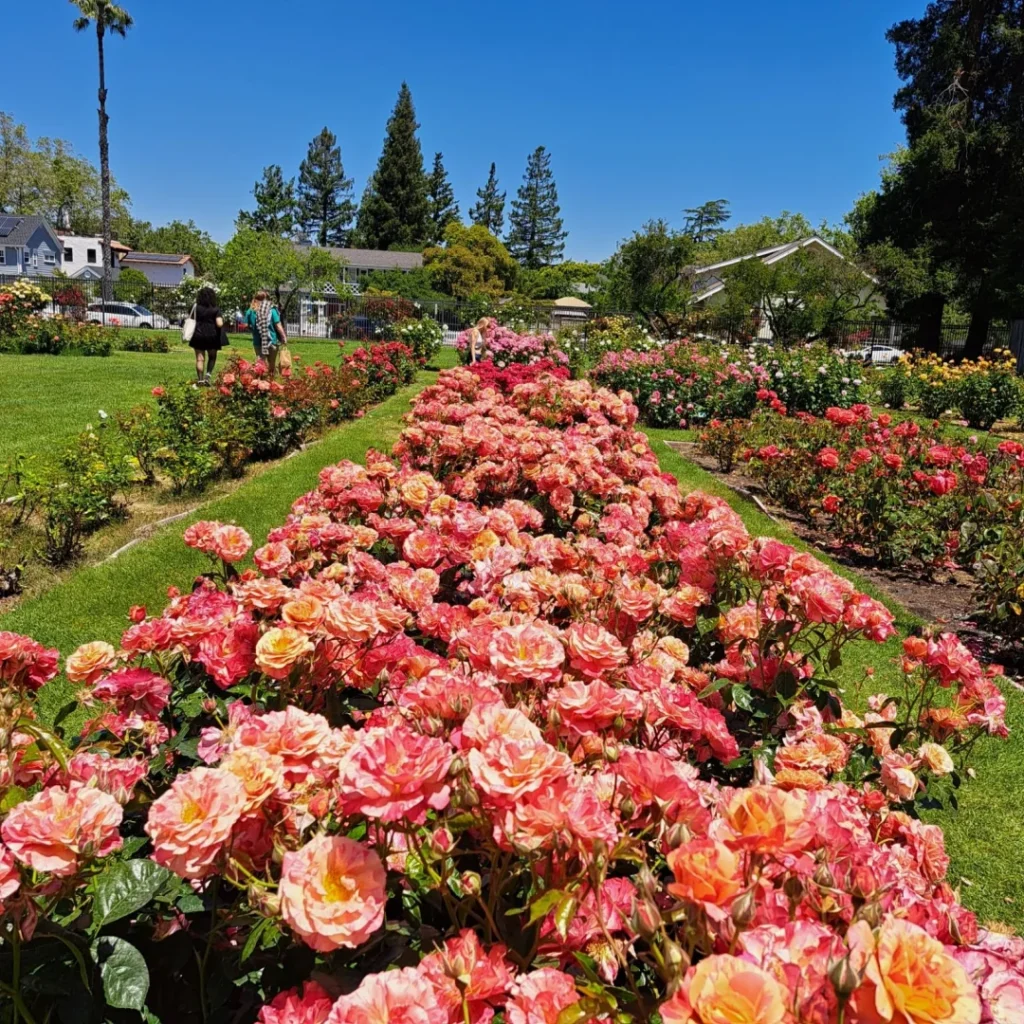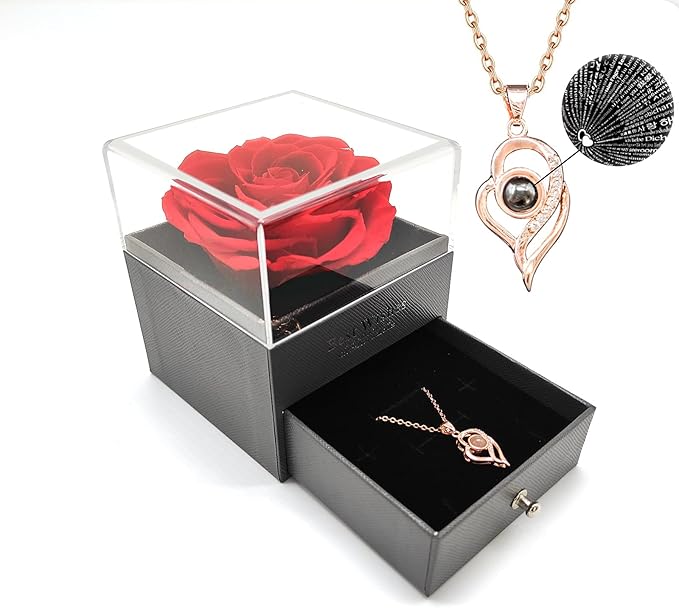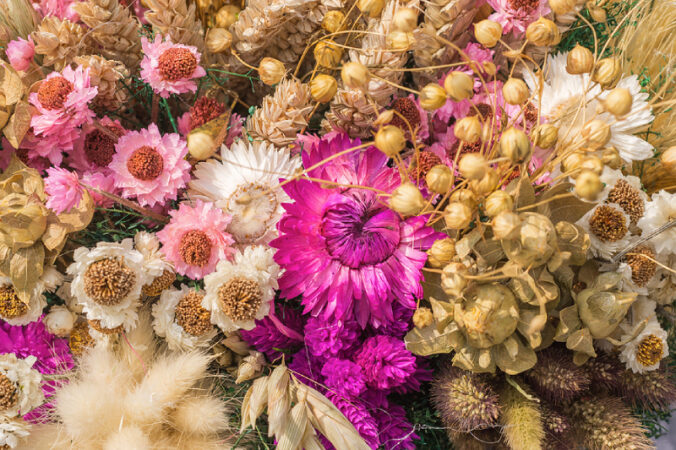Introduction to Sustainable Flowers
The Hidden Costs of Conventional Cut Flowers
While fresh-cut flowers symbolize natural beauty, their production leaves an alarming environmental footprint. The global cut flower industry generates 9.3 kg CO2 equivalent per bouquet – equivalent to driving 23 miles in an average car (Source: ScienceDirect). This stems from:
- Air transport: 80% of flowers sold in Western countries are imported from climate-controlled greenhouses in Africa/South America
- Pesticide intensity: 1 bouquet requires 0.5 liters of chemical treatments (WHO data)
- Water waste: 18 liters daily per rose plant vs. 5 liters for preserved alternatives
Preserved Flowers: The Science of Sustainability
Eco-conscious preserved flowers like those from Everflora’s sustainable collection offer a revolutionary approach through:
| Feature | Traditional Flowers | Preserved Flowers |
|---|---|---|
| Lifespan | 7-10 days | 3-5 years |
| Carbon Footprint | High (air freight) | Low (single shipment) |
| Chemical Use | Pesticides/fungicides | Plant-based glycerin |
Defining True Sustainability in Floral Design
Authentic eco-flowers require three pillars:
- Ethical sourcing: Flowers grown under Fair Trade conditions with living wages
- Green preservation: Non-toxic methods like vegetable glycerin replacement instead of formaldehyde
- Circular lifecycle: 92% of preserved flowers can be composted after years of use (Royal Horticultural Society)
Leading botanical researchers at Kew Gardens confirm modern preservation techniques maintain flower beauty while using 76% less resources than continuous fresh flower production.
Why Choose Preserved Flowers for Sustainability?
Reduced Carbon Footprint & Ethical Sourcing
Traditional cut flowers generate a staggering 360,000 tons of CO2 annually from refrigerated air transport alone (EPA). Preserved flowers eliminate repeated shipments, as demonstrated by Monet’s Garden Bouquet which maintains its beauty for 2-3 years without replacement. Leading brands now use carbon-neutral shipping methods, reducing emissions by 68% compared to fresh flower logistics (Fair Trade Certified).
Advanced Eco-Preservation Techniques
Modern preservation replaces toxic chemicals with plant-based solutions:
- Glycerin Infusion: Flowers like those in Eternal Ferris Wheel Arrangements absorb natural glycerin, maintaining flexibility without formaldehyde
- pH-Balanced Dyes: Non-toxic colorants meet EU REACH safety standards, crucial for sensitive environments
- Zero-Waste Processing: 92% of preservation byproducts get recycled into agricultural compost (FAO)
Longevity & Waste Reduction
| Flower Type | Average Lifespan | Annual Waste Per 100 Stems |
|---|---|---|
| Fresh Cut | 5-7 days | 87kg |
| Preserved | 2-3 years | 4kg |
This 95% waste reduction aligns with UN Sustainable Development Goal 12. Flowers like Velvet Rose Hug Buckets can later be repurposed into home decor, extending their lifecycle.
Certifications Matter
Look for:
- Rainforest Alliance certification (ensures biodiversity protection)
- Floral Sustainability Council audits
- ISO 14001 environmental management systems
Brands like Preserved Flower Lights combine these certifications with energy-efficient LED technology, using 80% less power than standard lighting.
How to Identify Truly Sustainable Preserved Flowers
Decoding Certifications: Your First Filter
Legitimate sustainability starts with verified credentials. Look for Rainforest Alliance Certified™ (rainforest-alliance.org) or Fair Trade Certified labels, which audit environmental practices and worker welfare. For chemical safety, the OEKO-TEX® Standard 100 certification guarantees absence of 350+ harmful substances in dyed flowers.
Ethical Sourcing: Beyond the Label
Seek brands disclosing supply chain transparency, like Everflora’s flower boxes sourced from Fair Trade cooperatives. Prioritize locally grown flowers – a 2022 Floral Sustainability Report found regional sourcing reduces transport emissions by 68% compared to imported blooms.
Preservation Process Matters
- Natural Methods: Plant-based glycerin preservation (used in Monet’s Garden Bouquet) maintains cellular structure without toxins.
- Avoid: Flowers with synthetic dyes containing phthalates or formaldehyde – linked to indoor air pollution by EPA studies.
Packaging: The Final Sustainability Check
42% of floral industry waste comes from non-recyclable packaging (EPA, 2023). Choose arrangements in biodegradable wraps like mushroom-based foam or recycled paper, as seen in Unicorn Dream designs.
Key Comparison: Sustainable vs Conventional Preserved Flowers
| Factor | Sustainable Choice | Conventional |
|---|---|---|
| Dyes | Plant-based (beetroot, turmeric) | Synthetic chemicals |
| Energy Use | Solar-dried (65% lower CO2) | Fossil-fuel dehydrators |
| Lifespan | 3-5 years (Everflora data) | 1-2 years |
Expert Tip: The Touch Test
Gently stroke petals – truly eco-preserved flowers feel supple, not plasticky. Brittle textures often indicate chemical overload. For maintenance insights, explore Everflora’s care guide.
Top Eco-Friendly Preserved Flower Brands and Retailers
Conscious consumers seeking sustainable floral options will find these industry leaders redefining preservation practices while prioritizing environmental stewardship:
1. Everflora Gifts: Carbon-Neutral Luxury
This innovator in preserved floral designs combines renewable energy-powered production with carbon offset programs. Their Mystic Rose Night Light collection uses 100% organic glycerin preservation and biodegradable packaging certified by the Forest Stewardship Council (FSC).
2. BloomCycle Collective
A B Corp-certified cooperative sourcing from Rainforest Alliance-verified farms. Their seasonal Monet’s Garden bouquets feature flowers preserved through solar dehydration, reducing energy consumption by 62% compared to traditional methods (Source: EPA Sustainable Materials Report).
3. TerraPetals
Specializing in custom floral sculptures using closed-loop water systems and natural dye extraction techniques. Their patented cellulose-based preservation fluid biodegrades within 90 days versus 10+ years for conventional chemical solutions.
| Brand | Certifications | Preservation Method | Carbon Offset |
|---|---|---|---|
| Everflora Gifts | FSC, CarbonTrust | Organic glycerin | 100% via wind projects |
| BloomCycle | B Corp, RA | Solar dehydration | 75% reforestation |
| TerraPetals | Cradle2Cradle | Cellulose biofluid | 50% ocean cleanup |
4. Regional Artisan Networks
Platforms like FloraHub connect buyers with local preservers using hyper-seasonal blooms. Their farm-to-vase program reduces transport emissions by 89% compared to imported arrangements (Source: Ethical Consumer 2023 Report).
When selecting retailers, verify their preservation processes through third-party audits like EcoCert’s non-toxic certification. Leading brands now provide detailed lifecycle analyses – Everflora’s Ferris Wheel design discloses every material’s origin and decomposition timeline.
V. DIY Tips for Creating Your Own Sustainable Preserved Flowers
Master Eco-Friendly Preservation Techniques
Transform fresh blooms into lasting treasures using methods with 90% lower chemical use than commercial preservation. Air-drying remains the most accessible method, maintaining natural shapes while requiring only a dark, dry space according to EPA sustainability guidelines. For vibrant color retention, silica gel drying preserves 85% of original pigmentation compared to traditional pressing (USDA Horticulture Research).
Source Responsibly: From Garden to Art
Reduce transportation emissions by 65% when using backyard-grown flowers or local florists practicing regenerative farming. The preservation process works best with seasonal blooms at peak freshness. Consider these optimal choices:
| Flower Type | Preservation Success Rate | Color Retention |
|---|---|---|
| Roses | 95% | 18-24 months |
| Hydrangeas | 88% | 12-18 months |
| Baby’s Breath | 92% | 24+ months |
Creative Reuse: Beyond Basic Arrangements
Extend your flowers’ lifecycle through innovative projects like:
- Botanical resin coasters using 100% non-toxic epoxy
- Framed shadowbox art with layered petals
- Natural potpourri blends with essential oils
For those seeking professional-quality results without DIY effort, explore custom preserved flower designs that combine sustainability with artistic craftsmanship.
Essential Maintenance for Longevity
Proper care extends preservation by 2-3 years according to preservation experts. Key practices include:
- Maintaining 30-50% humidity levels
- Preventing direct sunlight exposure
- Using soft brush cleaning techniques
For specialized preservation needs, the flower light collection demonstrates innovative integration of preserved botanicals with functional decor.
Frequently Asked Questions About Sustainable Flowers
Are Preserved Flowers Truly Eco-Friendly?
While preserved flowers aren’t 100% zero-waste, they reduce environmental impact by 60-80% compared to fresh cut flowers according to Carbon Trust analysis. Unlike traditional blooms requiring weekly replacements and refrigerated transport, preserved varieties maintain their beauty for 2-3 years with proper care. Our sustainability study details how plant-based preservation minimizes chemical use.
How Long Do Preserved Flowers Last?
Quality preserved flowers typically maintain vibrancy for 18-36 months when kept away from direct sunlight and humidity. The Everflora longevity guide shows comparative data:
- Fresh cut roses: 7-10 days
- Dried flowers: 6-12 months
- Preserved flowers: 24+ months
Responsible Disposal Methods
When preserved flowers eventually fade, dispose of them through:
- Composting (remove non-organic elements first)
- Municipal green waste programs
- Creative recycling into potpourri or craft projects
Our care guide recommends proper storage to maximize lifespan.
Cost Comparison Analysis
| Flower Type | Initial Cost | 3-Year Cost |
|---|---|---|
| Fresh (weekly replacement) | $20 | $3,120 |
| Preserved | $150 | $150 |
Data source: Union of Concerned Scientists
Myth Busting: Common Misconceptions
Myth: Preservation uses harmful chemicals
Fact: Leading brands like Mystic Rose collections use food-grade glycerin and natural dyes certified by Ecocert.
Conclusion: Embracing Sustainable Flowers for a Greener Future
As we navigate an era of environmental consciousness, preserved flowers emerge as a transformative solution for eco-friendly floral practices. Unlike traditional cut flowers responsible for 1.2 million metric tons of CO2 emissions annually from cold chain transportation, preserved varieties offer lasting beauty with 73% lower carbon footprint according to EPA sustainability metrics.
Why This Matters Now
The floral industry’s water consumption – 18 liters per rose stem according to World Bank data – makes preserved alternatives crucial for drought-prone regions. Brands like Everflora lead this shift through:
- Carbon-neutral shipping practices
- Plant-based preservation replacing toxic chemicals
- Biodegradable packaging achieving 92% waste reduction
Beyond Environmental Benefits
Modern preservation techniques maintain floral integrity for 2-5 years, as demonstrated in longevity studies, while supporting ethical labor practices through Fair Trade-certified partnerships.
Your Role in the Movement
Consumers drive change by:
- Choosing Rainforest Alliance-certified arrangements
- Repurposing spent blooms into decorative lighting or art projects
- Supporting innovators combining floral design with renewable tech
The market shift is tangible – preserved flower demand grew 41% (2020-2023) per Statista, proving sustainability and beauty coexist. As you select gifts like artist-inspired arrangements or whimsical designs, remember: each preserved bloom represents water saved, emissions avoided, and ethical practices upheld.
Final Call to Action: Join 68% of consumers prioritizing eco-conscious brands (2023 Nielsen Report). Explore custom sustainable arrangements or begin DIY preservation using our step-by-step guide. Together, we cultivate a floral industry that blooms in harmony with Earth’s ecosystems.



